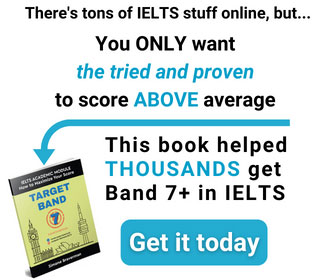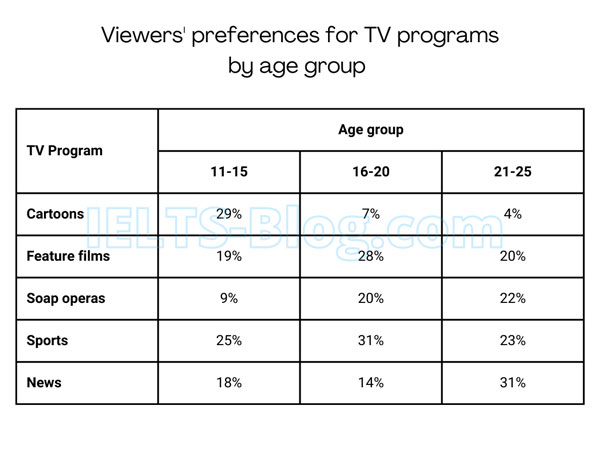IELTS essay, topic: In many workplaces online communication has overtaken face to face meetings (advantages/disadvantages)
This essay topic was seen in a recent IELTS test in India.
In many workplaces online communication has overtaken face to face meetings. Do the advantages of this development outweigh the disadvantages?
Sample Band 8 Essay
In today’s ever-increasingly digital world, online communication has become the norm for many workplaces. While this development offers numerous advantages for companies such as greater flexibility and efficiency, it also brings with it certain disadvantages like miscommunication, which must be weighed against its benefits.
One of the primary advantages of online communication is that it makes it easier for teams to stay in touch without having to physically convene. This is especially beneficial when individuals or groups are dispersed across vast distances. Reduced travel costs, as well as time saved from not having to travel to and from meetings, also represent meaningful savings for businesses. Additionally, online communication platforms often have a range of features designed to make collaboration more efficient, such as providing an easy way to share documents and other materials with remote team members. To illustrate, digital resources can be sent quickly and securely via email or other software services like Dropbox or Google Drive.
There is a potential drawback associated with relying too heavily on online communication at work, as the lack of physical proximity between members of a team can often lead to misunderstandings due to a loss of context or nonverbal cues that would otherwise be present during face-to-face meetings. However, in my opinion, issues of this nature can be solved by using written language more carefully to avoid any confusion or miscommunication among colleagues.
In conclusion, when online communication tools are used properly, they undoubtedly provide companies with greater flexibility in how their teams collaborate without sacrificing clarity of communication, quality or efficiency.
Click here to see more IELTS essays of Band 8



